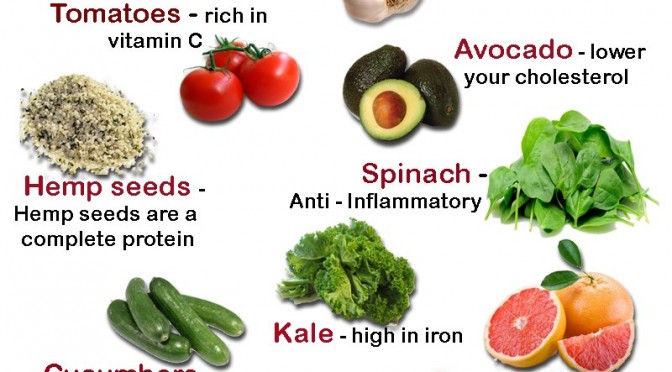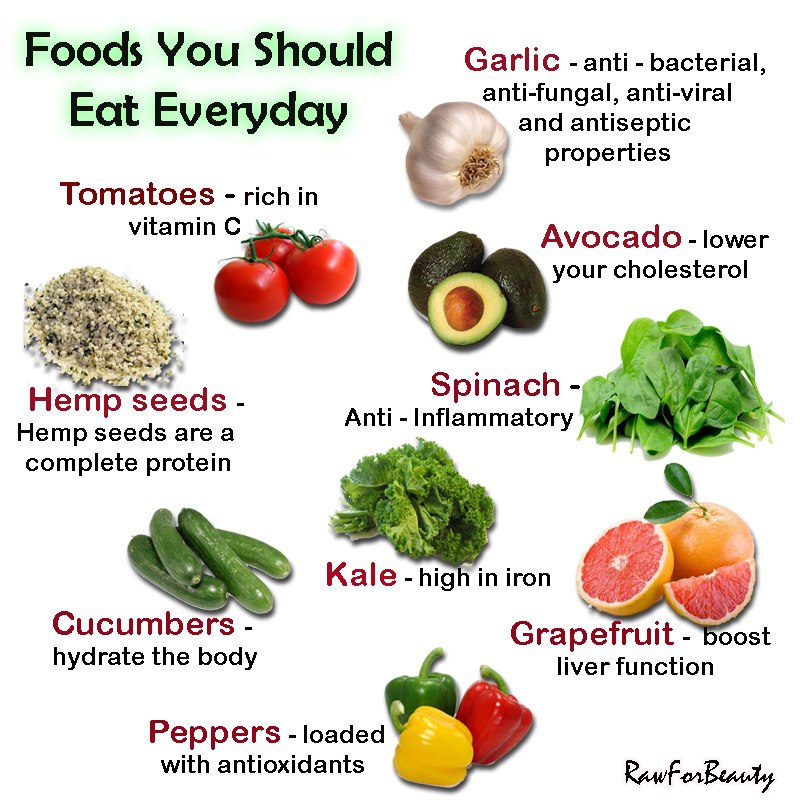Research Shows Dairy Does Not Improve Bone Health; Can Increase Childhood Obesity
WASHINGTON—A physicians’ group has petitioned the federal government to remove milk as a required food from the school lunch program. The nonprofit Physicians Committee for Responsible Medicine calls milk an “ineffective placebo” and says a large body of research shows that consuming milk does not improve bone health and does not prevent bone fractures and injury in children and adults.
Milk is also the number one source of saturated fat in children’s diets.
“Milk doesn’t make children grow taller and stronger, but it can make them heavier,” says PCRM nutrition education director Susan Levin, M.S., R.D. “We are asking Congress and the USDA to put children’s interests above the interests of the dairy industry. Focusing on milk as the single most important source of calcium in children’s diets distracts schools and parents from foods that can actually build bones, like beans and leafy greens.”
The petition, filed July 19, asks the U.S. Department of Agriculture to issue a report to Congress recommending an amendment to the National School Lunch Act. The amendment would exclude dairy milk as a required component of school lunches. Milk, the petition argues, does not improve bone health or reduce the risk of osteoporosis and can actually create other health risks, especially later in life.
“The promotion of milk ingestion in children is, in effect, the promotion of an ineffective placebo,” the petition states. It adds that other products, including calcium-enriched soymilk and rice milk, contain calcium but, unlike dairy milk, are low in sodium and free of animal protein that can cause calcium to be excreted from the body.
One in eight Americans is lactose intolerant. More than 1 million U.S. children struggle with milk allergies, the second most common food allergy.
The federal government spends more money on dairy than any other food item in the school lunch program.
Founded in 1985, the Physicians Committee for Responsible Medicine is a nonprofit health organization that promotes preventive medicine, conducts clinical research,and encourages higher standards for ethics and effectiveness in research.

